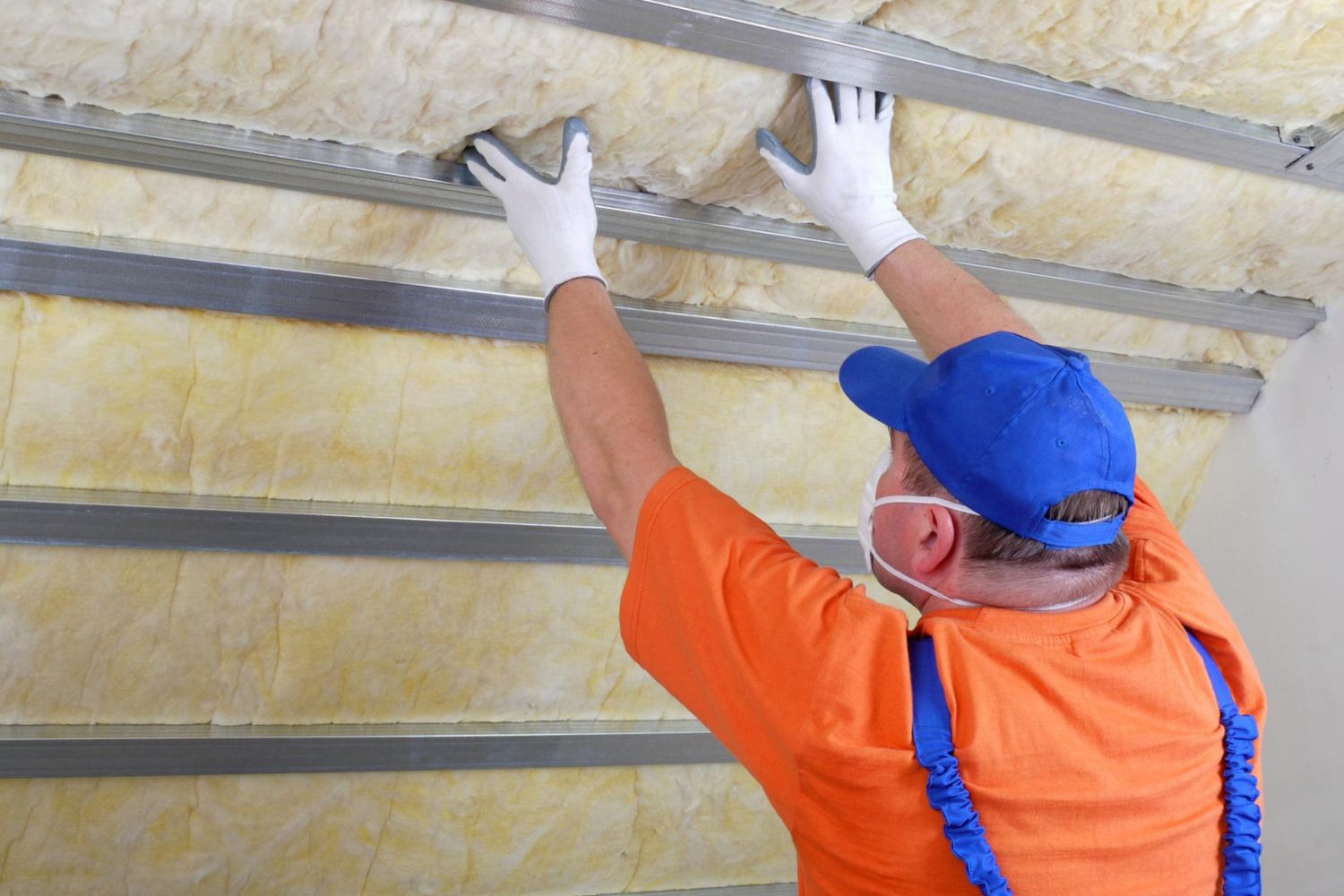

Articles
What Does Insulation Smell Like
Modified: May 6, 2024
Find out what insulation smells like and how it can affect your home. Read informative articles on insulation and its odors.
(Many of the links in this article redirect to a specific reviewed product. Your purchase of these products through affiliate links helps to generate commission for Storables.com, at no extra cost. Learn more)
Introduction
Welcome to the world of insulation! When it comes to creating a comfortable and energy-efficient environment in our homes or buildings, insulation plays a crucial role. It helps to regulate temperatures, minimize energy loss, and reduce noise transmission. However, one aspect of insulation that is often overlooked is its smell.
Have you ever wondered what insulation smells like? Perhaps you’ve noticed a peculiar odor when insulation is installed or replaced. Understanding the causes of these smells, the common smells associated with insulation materials, and the potential health risks they may pose is essential to creating a safe and comfortable living or working environment.
In this article, we will explore the world of insulation smells and dive into the various factors that contribute to these odors. We will also discuss the potential health risks associated with them and provide tips on how to identify, deal with, and prevent insulation smells.
Key Takeaways:
- Insulation smells can stem from chemical additives, moisture, and animal infestations, potentially posing health risks. Identifying, addressing, and preventing these odors is crucial for a safe and comfortable living environment.
- Choosing low odor insulation, addressing moisture issues, and consulting professionals can help prevent and manage insulation smells, ensuring a healthier and more pleasant indoor environment.
Read more: What Does Wildflower Scent Smell Like
Causes of Smell in Insulation
The smell in insulation can be attributed to several factors. Understanding these causes can help you identify and address any potential issues. Let’s take a closer look at the main culprits:
- Chemical Additives: Insulation materials often contain various chemical additives to enhance their performance. These additives can release volatile organic compounds (VOCs) into the air, resulting in a distinct smell. Examples of chemical additives include flame retardants, bonding agents, and antimicrobial treatments.
- Fiberglass Resins: Fiberglass insulation, one of the most common types used, is made up of tiny glass fibers. These fibers are held together by a resinous binder. Over time, the binder can break down, emitting a musty or resin-like odor.
- Moisture: Moisture can accumulate within insulation materials, especially if there are leaky pipes or roof leaks. This damp environment can lead to mold growth and a characteristic musty smell. Mold can release spores into the air, which can be harmful when inhaled.
- Animal Infestations: If insulation materials have been infested by pests or rodents, their droppings, urine, and nesting materials can leave behind a strong and unpleasant odor. This can be particularly prevalent in attics or crawl spaces where animals may seek shelter.
- Chemical Off-gassing: Some insulation materials, such as spray foam or certain types of foam boards, can release chemicals through a process known as off-gassing. These chemicals can generate a pungent odor that may persist for a while after installation.
The combination of these factors can result in distinctive smells in different types of insulation materials. Understanding the source of the odor is essential for finding an appropriate solution.
Common Smells in Insulation Materials
Insulation materials can emit a variety of smells, each with its own distinct characteristics. Let’s explore some of the common smells you might encounter in different insulation materials:
- Fiberglass: Fiberglass insulation is known for its potential to emit a musty or resin-like odor. This smell may be more noticeable in older insulation where the resin binder has started to break down.
- Mineral Wool: Mineral wool insulation, made from natural or synthetic fibers, can have a slight earthy or mineral smell. However, if mineral wool becomes damp or exposed to moisture, it can develop a musty odor similar to that of mold.
- Spray Foam: Spray foam insulation, commonly used for sealing gaps and crevices, can emit a distinct chemical odor during and after installation. This odor is typically associated with the off-gassing of chemicals present in the foam.
- Cellulose: Cellulose insulation, made from recycled paper or plant fibers, can have a mild, earthy scent. However, if cellulose insulation becomes wet or sustains water damage, it can develop a damp or musty smell similar to that of mold.
- Vermiculite: Vermiculite insulation, which was commonly used in older buildings, may contain asbestos fibers. Asbestos is known for its lack of odor, but if vermiculite insulation has been contaminated with other materials over time, it may emit an unpleasant odor.
It’s important to note that not all insulation materials will have a noticeable smell. Some newer insulation products have been developed to minimize odor emissions, offering a more pleasant experience during installation and in the long run.
Health Risks Associated with Insulation Smells
While the presence of a smell in insulation materials may not always indicate a health hazard, it is essential to understand the potential risks associated with these odors. Here are some health concerns to be aware of:
- Irritation to the Respiratory System: Certain chemicals, such as VOCs released by insulation materials, can irritate the respiratory system. Prolonged exposure to these irritants may manifest as coughing, sneezing, throat irritation, and difficulty breathing.
- Mold Exposure: If insulation materials become damp or wet, it can create an environment favorable for mold growth. Inhalation of mold spores can cause allergic reactions, respiratory issues, and even pose a risk to individuals with compromised immune systems.
- Potential Asbestos Contamination: In older buildings, vermiculite insulation may contain asbestos fibers. Asbestos is a known carcinogen, and its inhalation can lead to serious health conditions such as lung cancer, mesothelioma, and asbestosis. If you suspect your insulation contains asbestos, it’s crucial to consult with professionals for proper testing and removal.
- Sensitivities and Allergies: Individuals with existing allergies, asthma, or chemical sensitivities may be more susceptible to the smell emitted by insulation materials. The odors can trigger allergic reactions, exacerbate respiratory symptoms, and cause discomfort.
- Deterioration of Indoor Air Quality: Persistent odors in insulation can contribute to poor indoor air quality, affecting the overall well-being of occupants. This can lead to symptoms such as headaches, fatigue, dizziness, and difficulty concentrating.
If you or anyone in your household experiences adverse health effects related to insulation smells, it is advisable to consult with a medical professional. Additionally, addressing the sources of the smells and improving ventilation can help alleviate potential health risks.
Insulation can have a variety of smells, including a musty or earthy odor from natural materials like wool or cotton, or a chemical smell from synthetic materials like fiberglass or foam. If you notice a strong or unusual smell, it’s important to investigate for potential mold or chemical off-gassing.
How to Identify and Deal with Insulation Odors
Identifying and dealing with insulation odors is essential for maintaining a safe and comfortable living environment. Here are some steps to help you through the process:
1. Identify the Source: Determine the cause of the odor by inspecting the insulation material and the surrounding area. Look for signs of moisture, mold, animal infestations, or chemical odors. This will help you understand the nature of the smell and the appropriate course of action.
2. Consult Professionals: If you’re unsure about the source of the smell or dealing with potential asbestos-containing materials, it is advisable to consult professionals such as insulation experts or environmental consultants. They can conduct proper testing, provide guidance, and assist in remediation if needed.
3. Address Moisture Issues: If the odor is due to moisture or mold, it is crucial to address the underlying issue. Fix any leaks, improve ventilation, and consider dehumidification measures. Additionally, removing and replacing affected insulation may be necessary.
4. Ventilate the Area: Improve air circulation by opening windows, using fans, or utilizing a ventilation system. This helps to reduce the concentration of odors and improve overall indoor air quality.
5. Odor Neutralizers: In some cases, using odor neutralizers or absorbent materials can help mitigate the smell. This involves applying substances specifically designed to neutralize or absorb odors in the affected area.
6. Consider Professional Removal: If the smell persists or poses a significant health risk, it may be necessary to hire professionals for insulation removal and replacement. This ensures the safe and effective management of insulation odors.
Please note that the appropriate actions to deal with insulation odors may vary depending on the specific circumstances and the type of insulation material involved. It is always recommended to seek professional advice and follow best practices to ensure your safety and well-being.
Read more: What Does Basement Mold Smell Like
Preventing Smells in Insulation
Prevention is key when it comes to addressing insulation smells. By taking proactive measures, you can minimize the chances of encountering unpleasant odors in your insulation. Here are some prevention strategies to consider:
1. Choose Low Odor or Odorless Insulation: When selecting insulation materials, opt for those that are specifically designed to have low odor or are labeled as odorless. These materials are formulated to reduce the release of volatile organic compounds (VOCs) and minimize potential smells.
2. Properly Ventilate the Installation Area: Ensure proper ventilation during and after insulation installation to allow adequate airflow. This helps to facilitate the dissipation of any lingering odors or off-gassing from the insulation materials.
3. Address Moisture Issues: Moisture can contribute to the development of odors, especially in organic-based materials. Regularly inspect your insulation for signs of moisture and address any water leaks, condensation, or humidity issues promptly. This includes ensuring proper sealing of windows, doors, and roofing to prevent water infiltration.
4. Keep Insulation Dry: Properly store insulation materials in a dry area to prevent moisture absorption before installation. Insulation that has become wet or damp should not be used, as it can lead to the growth of mold and emit unpleasant odors.
5. Prevent Pest Infestations: Maintain a pest-free environment by sealing any openings or cracks where pests could enter. Regularly inspect your insulation for signs of pest activity, such as gnaw marks or droppings, and take appropriate measures to prevent infestations.
6. Follow Manufacturer’s Instructions: Always follow the manufacturer’s guidelines and recommendations for the installation and maintenance of your insulation materials. This ensures that the insulation performs optimally and reduces the risk of developing odors.
7. Regularly Inspect and Maintain Insulation: Conduct routine inspections of your insulation to identify any potential issues early on. Regular maintenance, such as cleaning, removing debris, and replacing damaged insulation, can help prevent odors from developing.
By implementing these preventive measures, you can minimize the occurrence of insulation odors and create a healthier and more pleasant living or working environment.
Conclusion
Insulation plays a vital role in maintaining comfortable and energy-efficient spaces, but it can sometimes come with unexpected smells. Understanding the causes, common smells, health risks, and prevention strategies associated with insulation odors is crucial for creating a safe and pleasant environment.
When dealing with insulation odors, it’s important to identify the source of the smell and consult professionals when needed. Addressing moisture issues, improving ventilation, and considering odor neutralizers can help alleviate the smell. In some cases, professional removal and replacement may be necessary.
Prevention is key when it comes to insulation odors. By choosing low odor or odorless insulation materials, properly ventilating the installation area, addressing moisture issues, preventing pest infestations, and following manufacturer’s instructions, you can minimize the chances of encountering unpleasant smells.
Maintaining a healthy indoor environment should always be a priority. If you or anyone in your household experiences adverse health effects related to insulation smells, it’s crucial to seek medical advice and further explore the underlying issues.
Remember, insulation should provide comfort, energy efficiency, and safety without compromising air quality. By staying informed and taking necessary precautions, you can create a well-insulated space that is free from unwanted odors, promoting a healthier and more enjoyable living or working environment.
Curious about upgrading your home's efficiency? Mastering insulation installation is key. Learning to fit insulation properly on exterior walls not only boosts your home's energy efficiency but also enhances comfort. Dive into our detailed guide on how to tackle this project with confidence and know-how. You'll find practical steps and expert tips to ensure you get it right the first time, every time.
Frequently Asked Questions about What Does Insulation Smell Like
Was this page helpful?
At Storables.com, we guarantee accurate and reliable information. Our content, validated by Expert Board Contributors, is crafted following stringent Editorial Policies. We're committed to providing you with well-researched, expert-backed insights for all your informational needs.
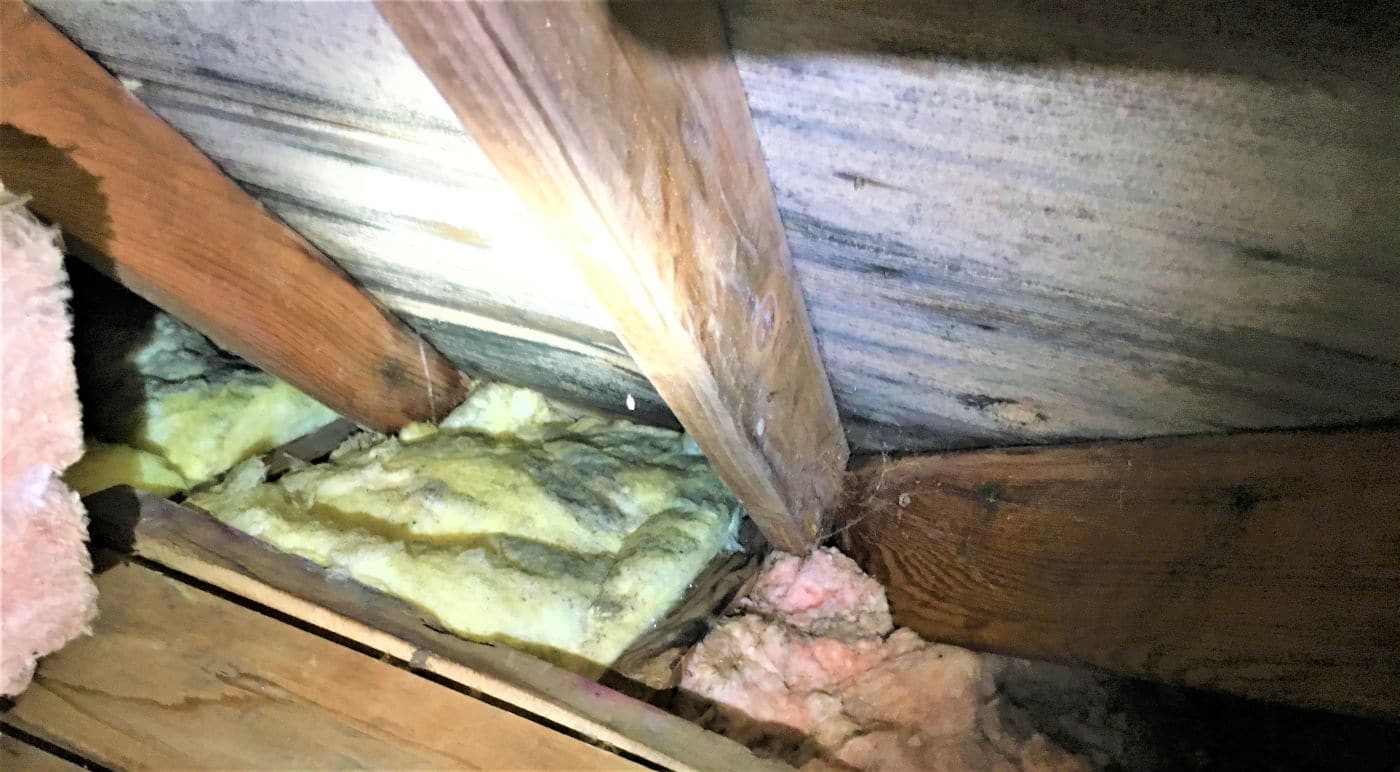
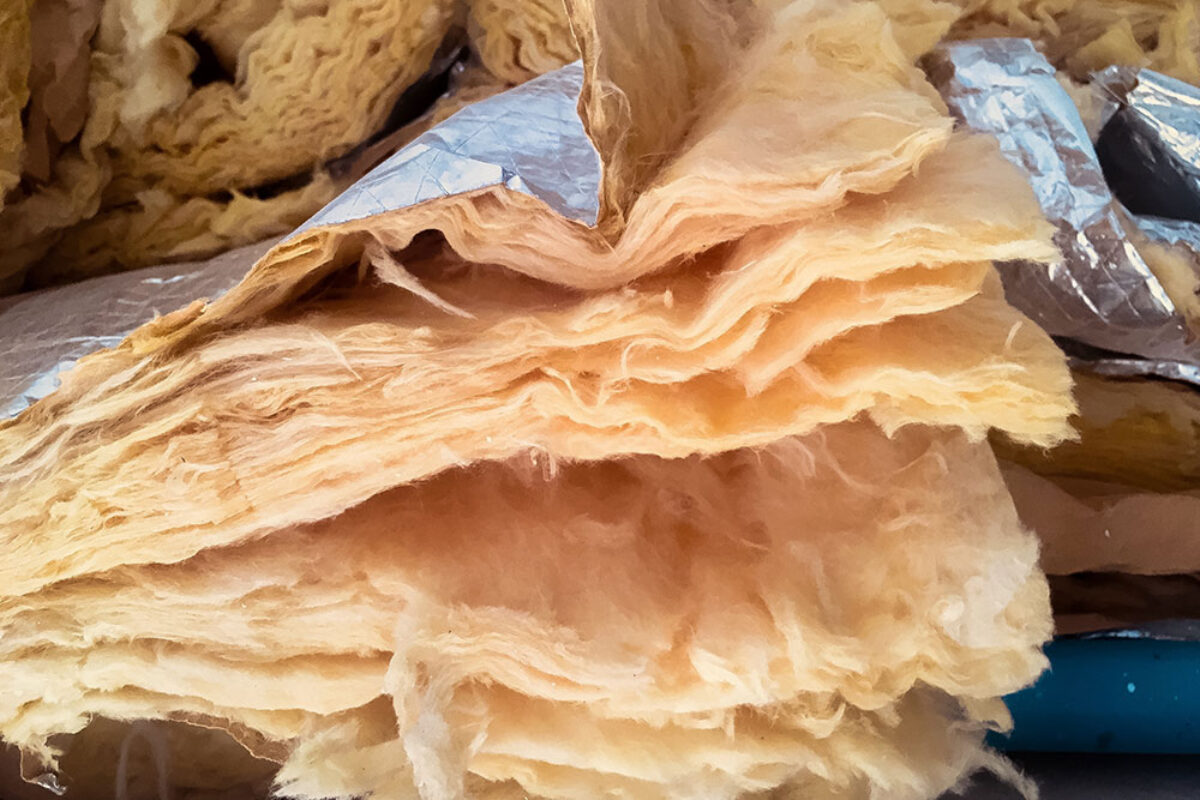
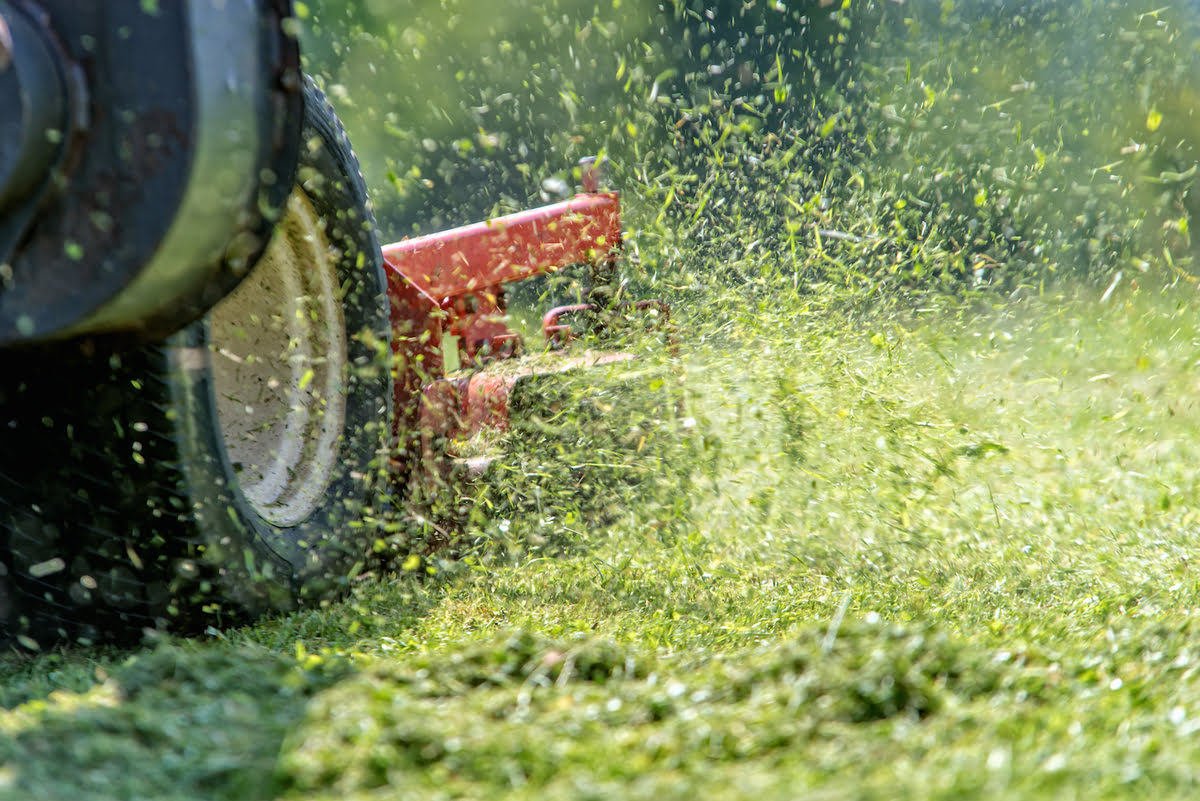
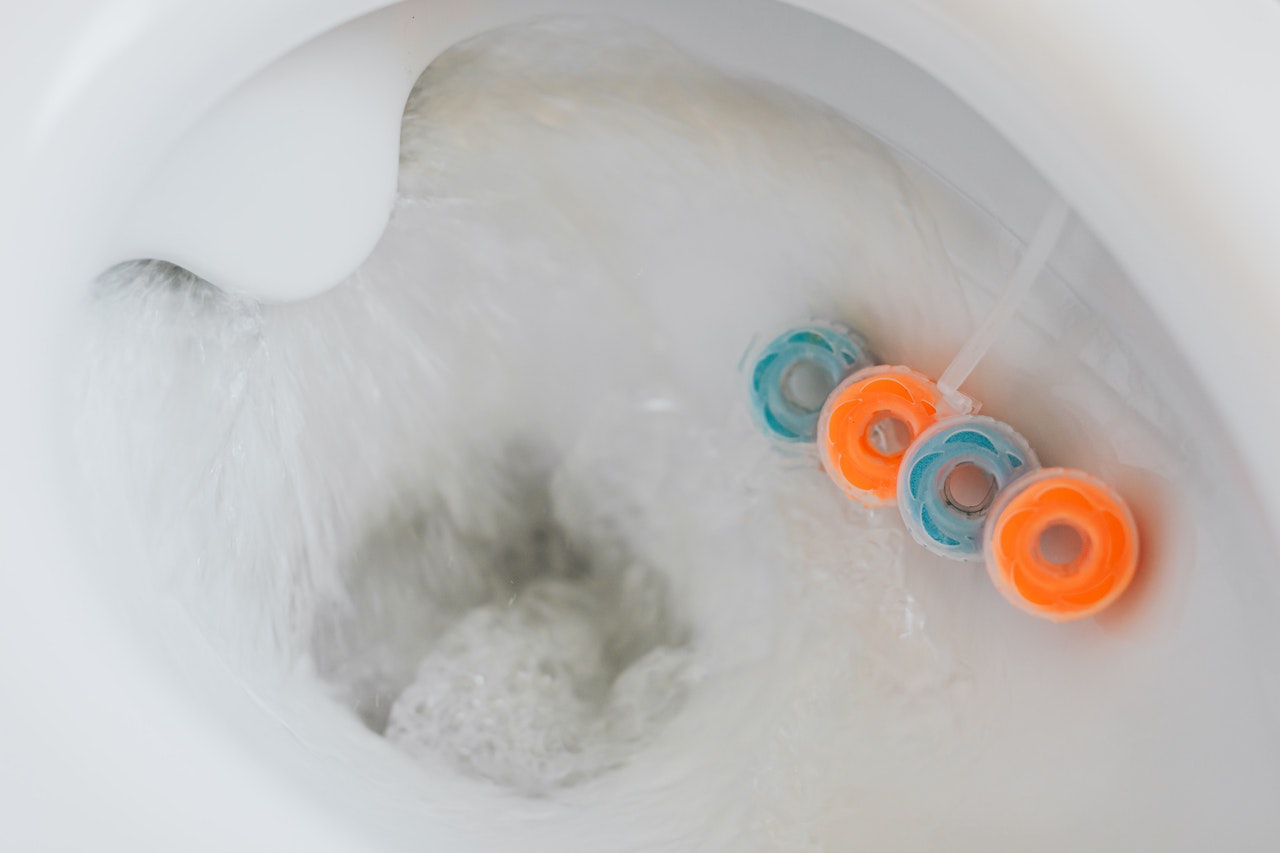
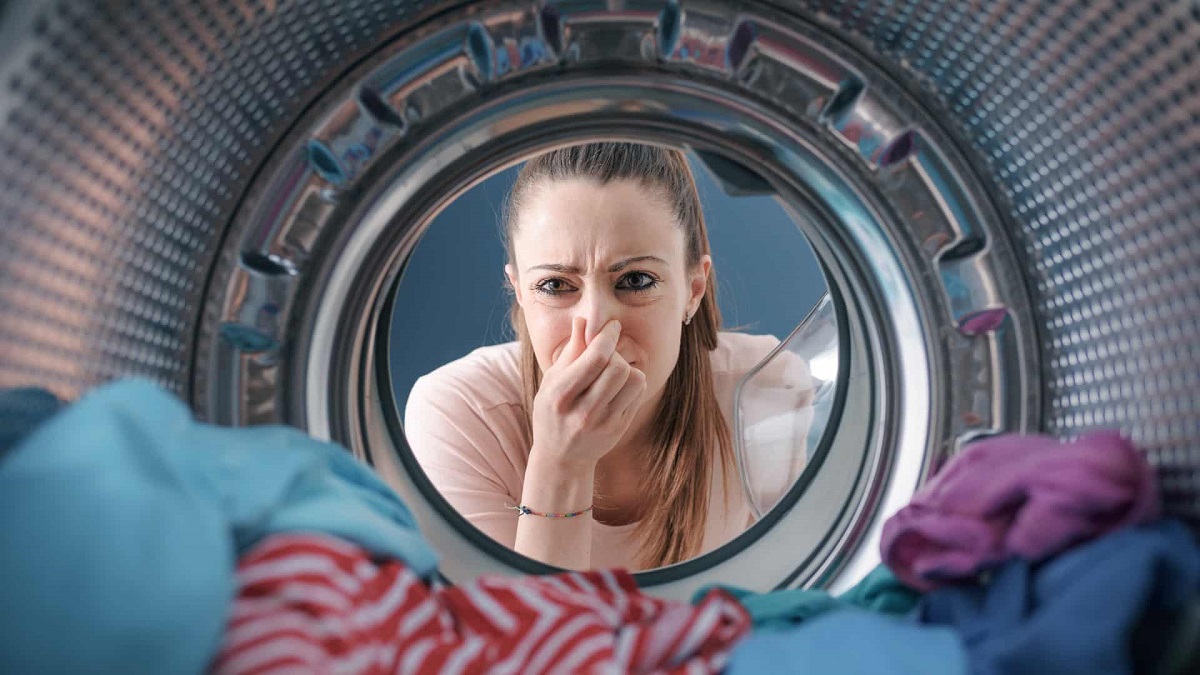
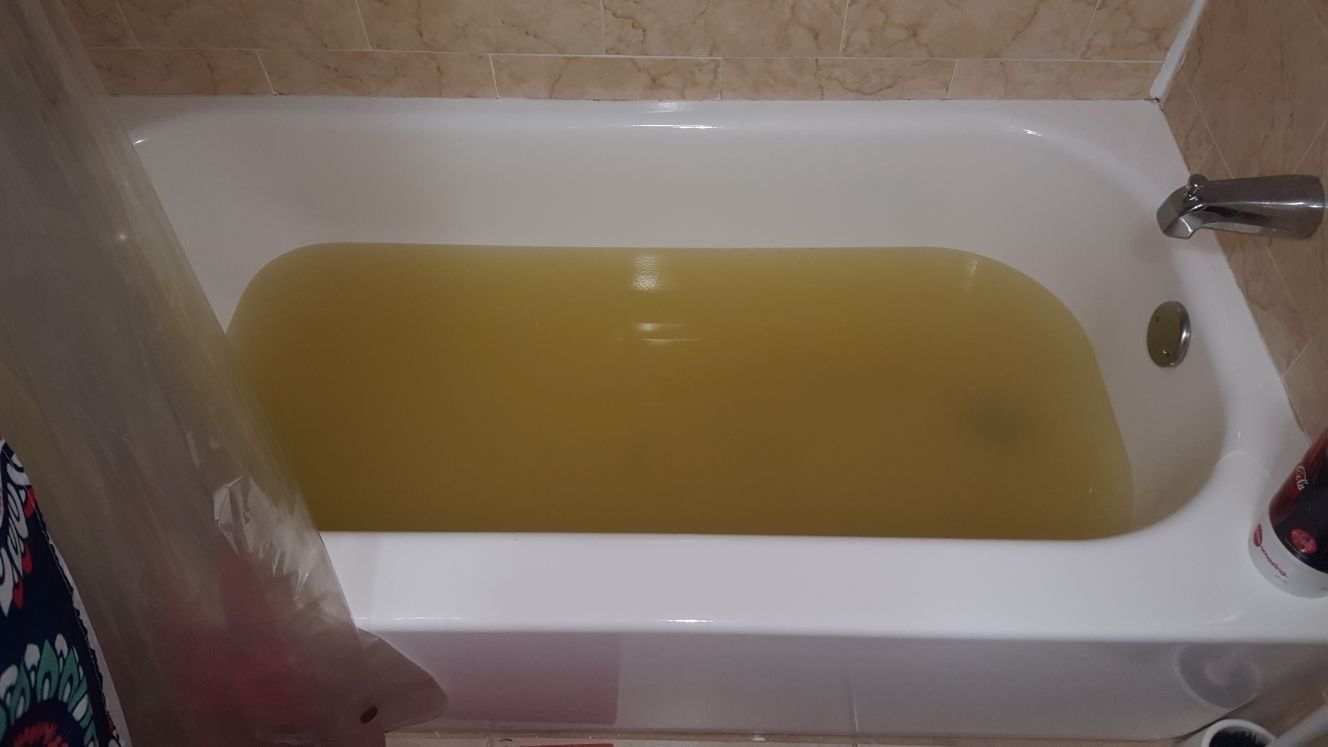
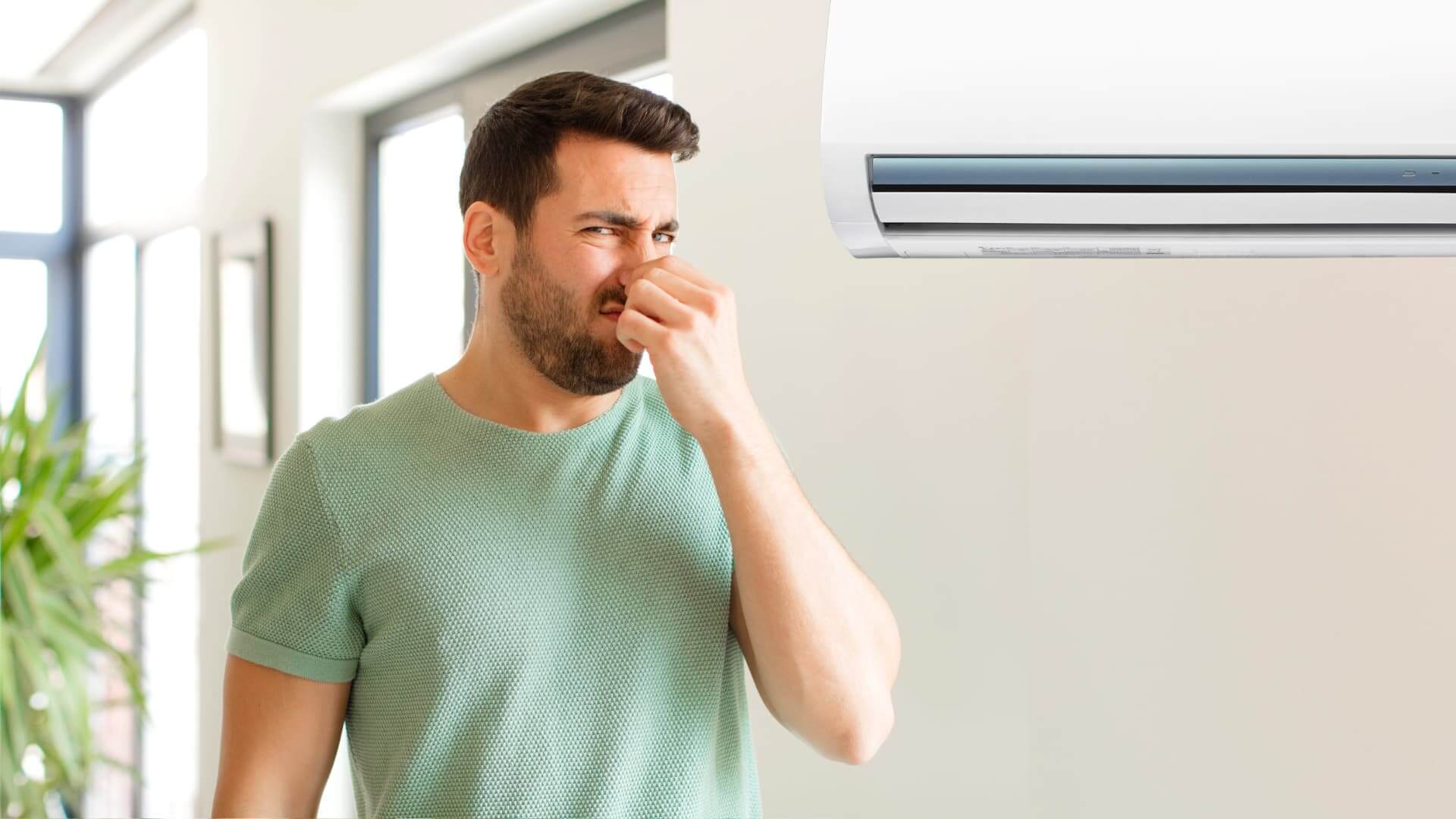
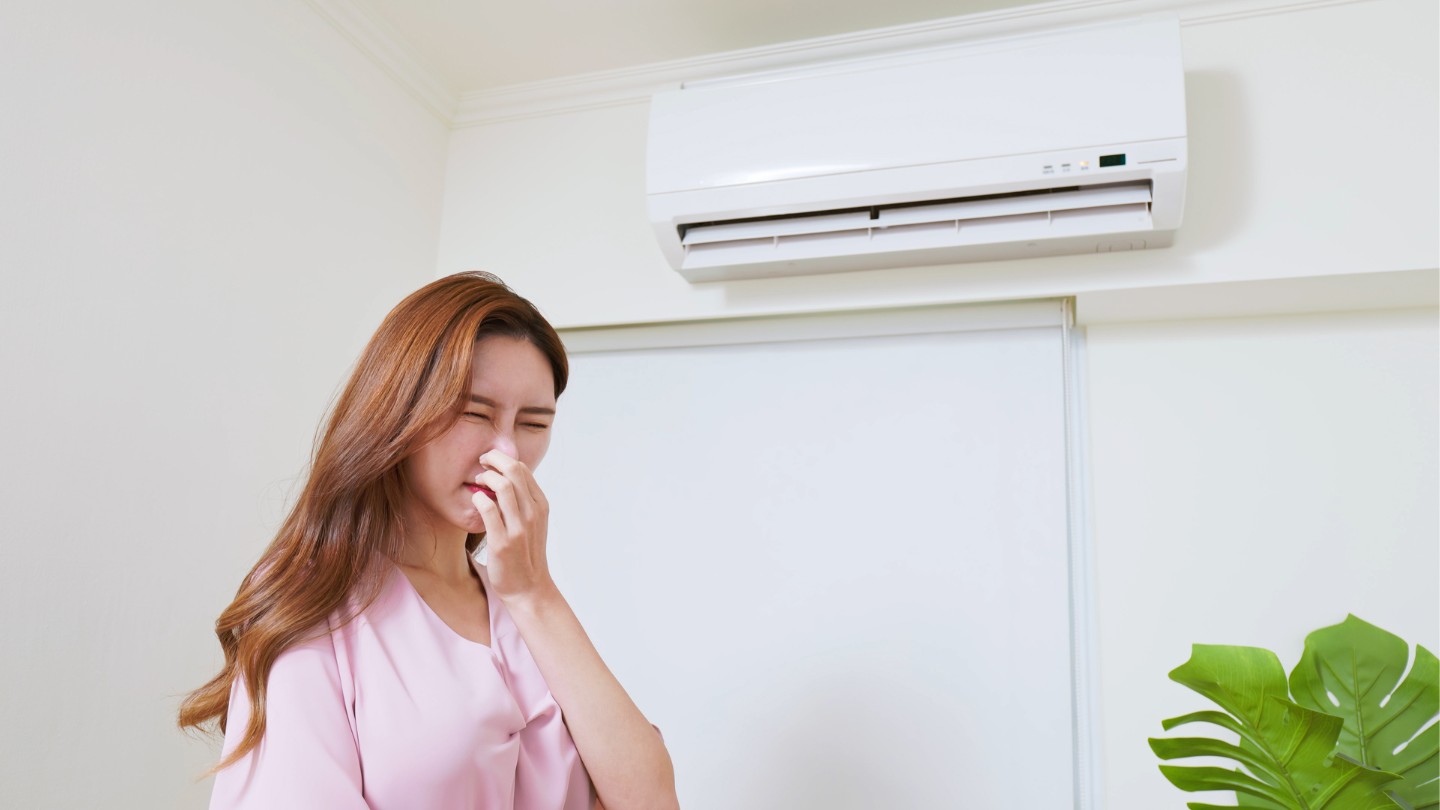

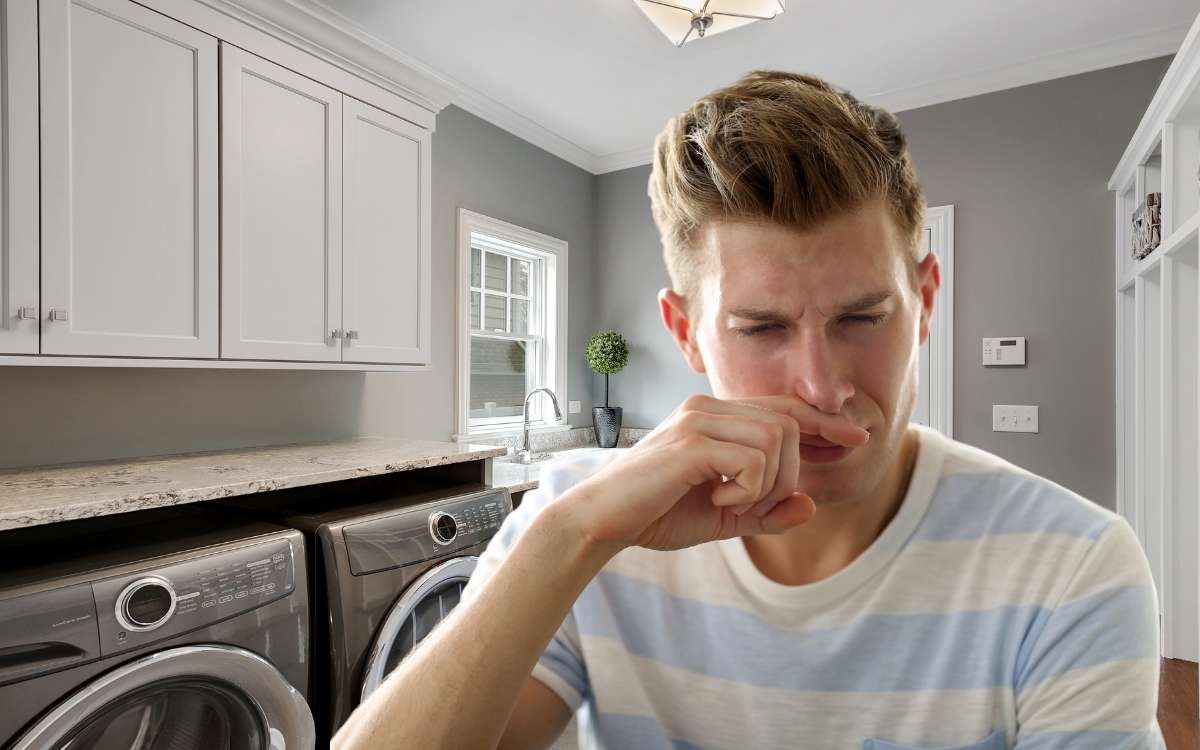
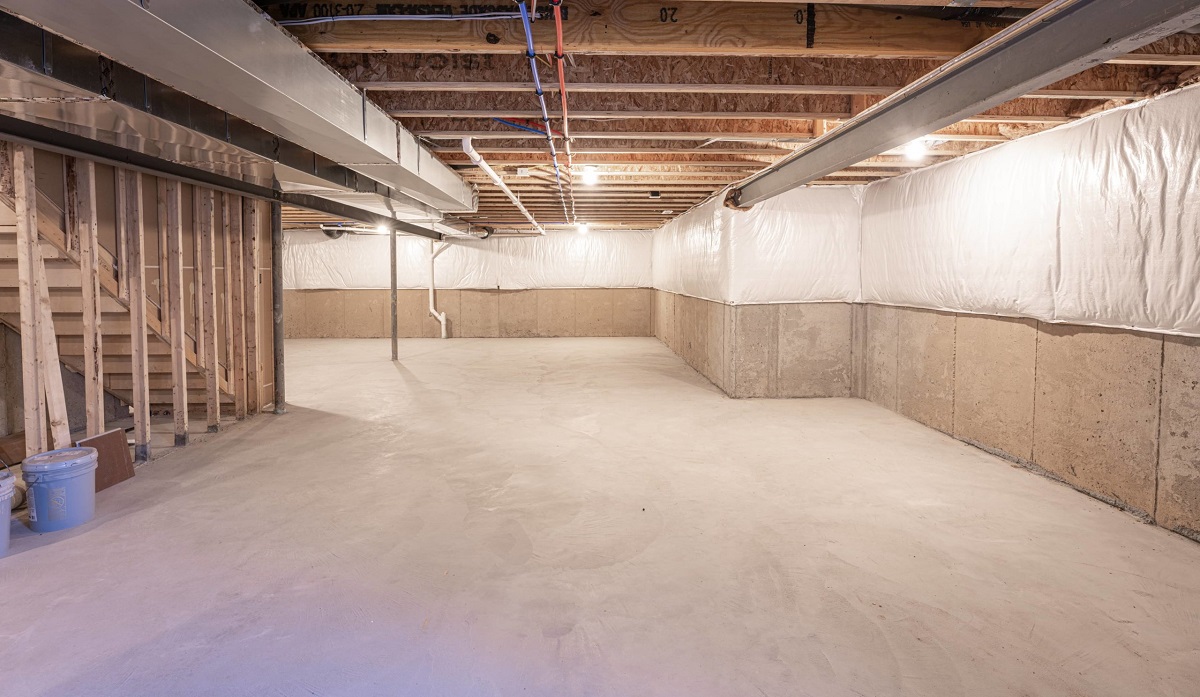

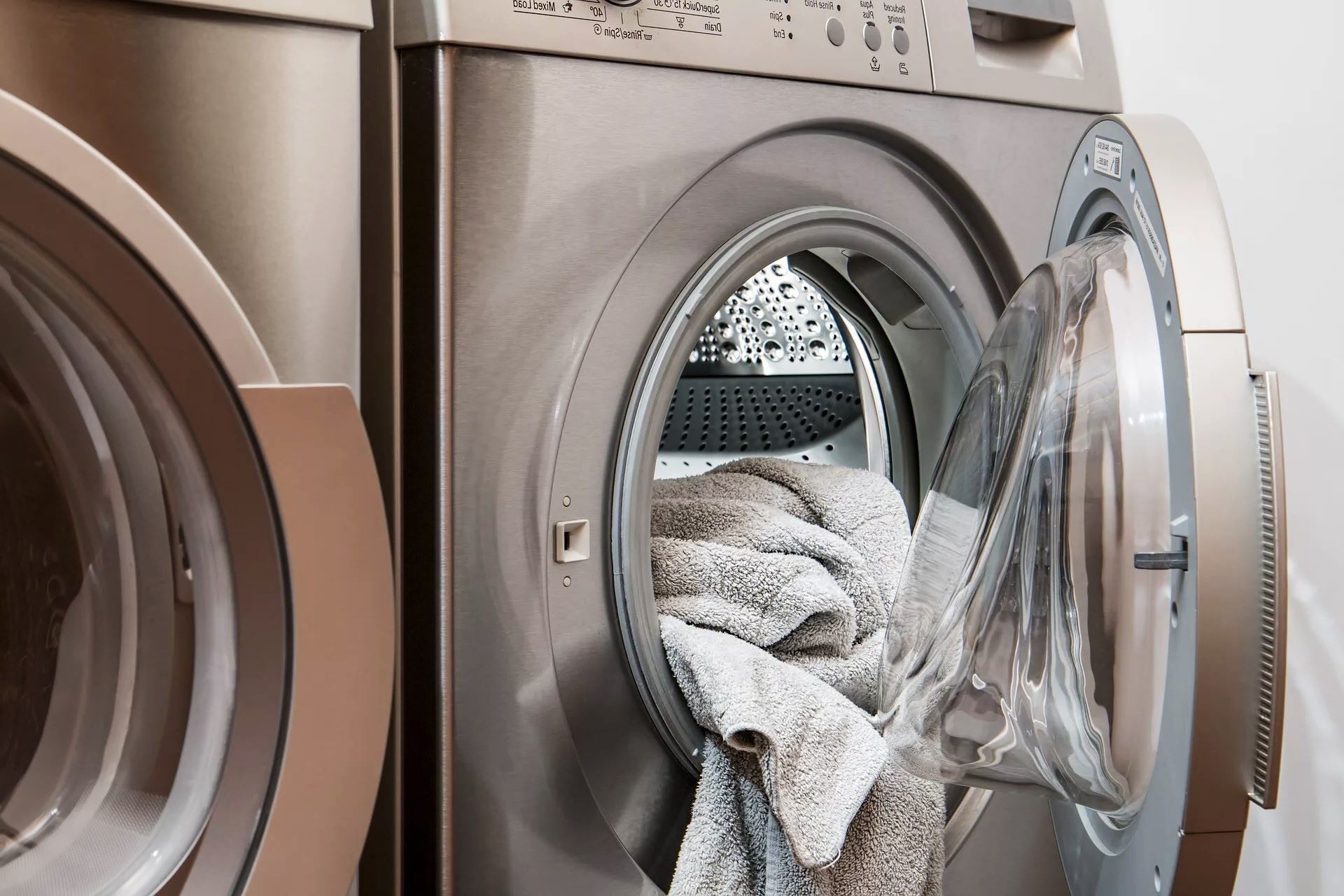
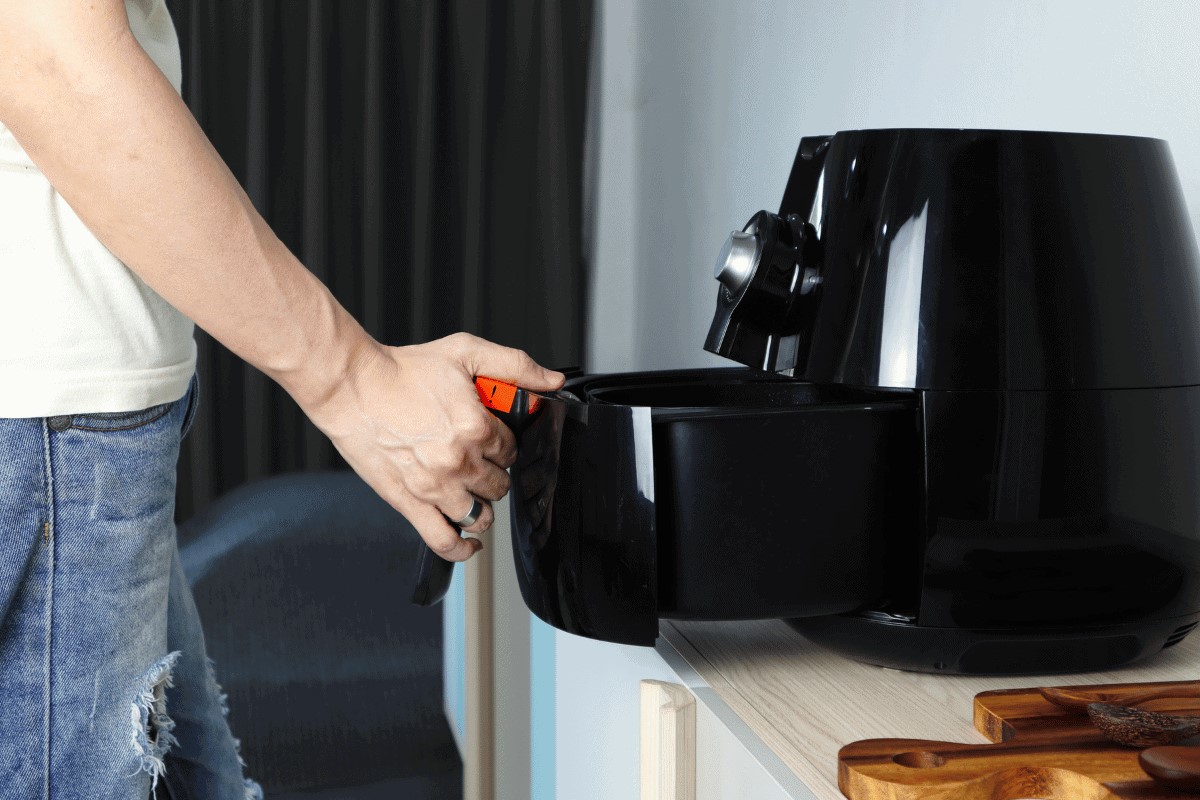

0 thoughts on “What Does Insulation Smell Like”